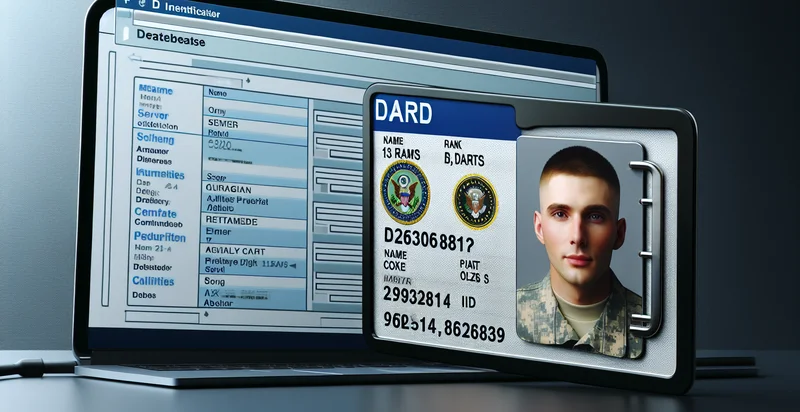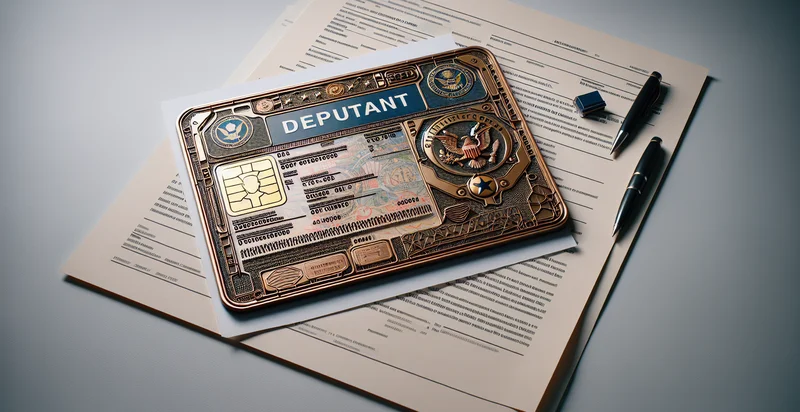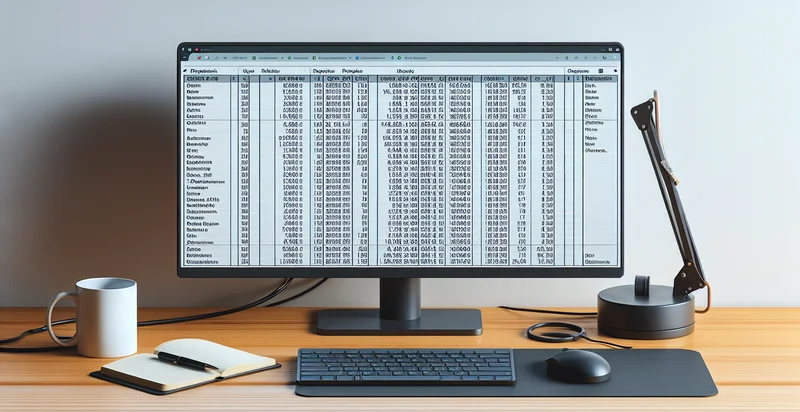Identify language of military document
using AI
Below is a free classifier to identify language of military document. Just input your text, and our AI will predict the intent and tone of military communications. - in just seconds.

Contact us for API access
Or, use Nyckel to build highly-accurate custom classifiers in just minutes. No PhD required.
Get started
import nyckel
credentials = nyckel.Credentials("YOUR_CLIENT_ID", "YOUR_CLIENT_SECRET")
nyckel.invoke("language-of-military-document", "your_text_here", credentials)
fetch('https://www.nyckel.com/v1/functions/language-of-military-document/invoke', {
method: 'POST',
headers: {
'Authorization': 'Bearer ' + 'YOUR_BEARER_TOKEN',
'Content-Type': 'application/json',
},
body: JSON.stringify(
{"data": "your_text_here"}
)
})
.then(response => response.json())
.then(data => console.log(data));
curl -X POST \
-H "Content-Type: application/json" \
-H "Authorization: Bearer YOUR_BEARER_TOKEN" \
-d '{"data": "your_text_here"}' \
https://www.nyckel.com/v1/functions/language-of-military-document/invoke
How this classifier works
To start, input the text that you'd like analyzed. Our AI tool will then predict the intent and tone of military communications..
This pretrained text model uses a Nyckel-created dataset and has 48 labels, including Thai, Arabic, Basque, Breton, Bulgarian, Catalan, Croatian, Czech, Danish and Dutch.
We'll also show a confidence score (the higher the number, the more confident the AI model is around the intent and tone of military communications.).
Whether you're just curious or building language of military document detection into your application, we hope our classifier proves helpful.
Related Classifiers
Need to identify language of military document at scale?
Get API or Zapier access to this classifier for free. It's perfect for:
- Document Verification: The 'language of military document' identifier can be employed to automatically verify that incoming documents are properly formatted and adhere to military language requirements. This use case ensures that all communications are compliant, mitigating the risk of misinterpretation or legal issues.
- Training Material Creation: Organizations can use this function to evaluate and select the appropriate language for creating training materials targeted at military personnel. By ensuring that the content reflects accurate military terminology, it enhances comprehension and retention in training scenarios.
- Intelligence Analysis: Analysts can leverage the identifier to classify the language of collected documents related to military operations. This assists in prioritizing the analysis process, enabling quicker decision-making when dealing with intelligence that requires specific military language understanding.
- Translation Services: Military organizations can utilize the identifier to assess the language of existing documents before translating them into other languages. This ensures that only relevant military language documents are translated, saving time and resources during the translation process.
- Compliance Monitoring: The function can be integrated into compliance systems to continuously monitor documents for adherence to military linguistic standards. This proactive approach helps organizations avoid penalties and maintain operational integrity by ensuring all documentation reflects correct military language protocols.
- Research and Development: Researchers working on military technology can use the identifier to categorize documents for proper analysis and review. This helps in identifying relevant studies and technological advancements that incorporate accurate military terminology, improving the quality of research outputs.
- Automated Reporting: The identifier can streamline the reporting process by tagging documents as military language-based. This allows for the efficient generation of reports that need to be reviewed by different departments, speeding up project workflows and enhancing collaboration across military branches.


